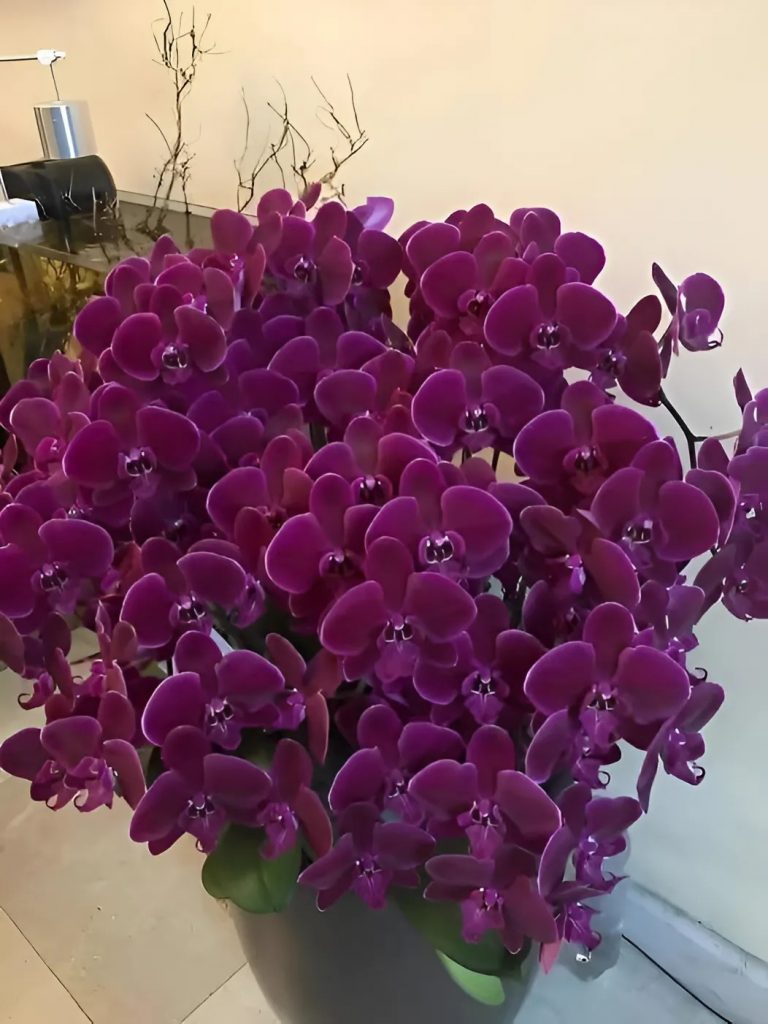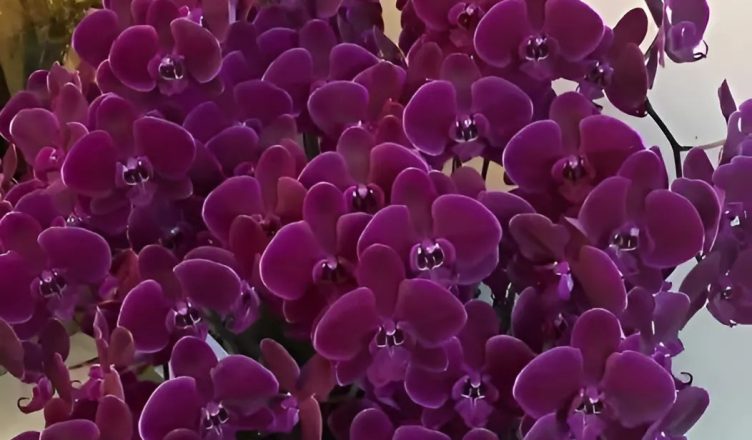Orchids are among the most elegant and exotic flowers, bringing beauty and sophistication to any space. But how can you achieve those bright, vivid colors often seen in professional gardens and floral shops? Many people don’t realize that with the right care and a few expert tricks, you can naturally enhance the color of your orchid.
Discover the secrets of expert growers to transform your orchid into a vibrant masterpiece!
Choose the Right Orchid Variety for Intense Colors
Not all orchids have the same potential for bright colors. Some species naturally produce more vivid blooms.
Phalaenopsis: Known for pastel hues, but can develop deeper colors with proper care.
Cattleya: Produces striking pink, red, or purple flowers.
Dendrobium: Offers spectacular bi-colored blooms.
Vanda: One of the most colorful orchids, featuring deep blue and purple shades.
If you want a truly colorful orchid, start by selecting the right species!
However, maintenance is just as crucial for vibrant coloration.
Proper Light Exposure for Vibrant Colors
Light plays a major role in the intensity of an orchid’s colors.
Too much shade? The colors will be dull and faded.
Too much direct sunlight? The petals may burn.
Optimal lighting: Place your orchid in bright, indirect light, preferably near an east or west-facing window.
Tip: Use sheer curtains to filter strong sunlight and prevent petal damage.
Proper lighting helps develop strong pigments in the flowers.
The Perfect Watering Routine for Bright Blooms
Good hydration is key to keeping an orchid’s colors rich and vibrant.
Water frequency: Once or twice a week, depending on climate.
Best water type: Use rainwater or distilled water to avoid mineral buildup.
Avoid overwatering: Excess moisture can cause root rot and weaken flower pigments.
Tip: Soak the roots in a bowl of water for 10 minutes, then allow excess water to drain completely.
Balanced watering maintains the flower’s bright and fresh appearance.
Use the Right Fertilizer for Color Enhancement
Orchids need specific nutrients to boost their colors.
Potassium-rich fertilizer (K): Helps enhance flower pigments.
Magnesium and iron: Prevents flower fading and yellowing.
Application: Feed the plant every two weeks during the blooming season.
Tip: A natural potassium boost can come from banana peel water—just soak a banana peel in water overnight and use it for watering.
Proper nutrients can make a dramatic difference in your orchid’s color intensity!
Advanced Techniques for Extra Vivid Colors
Want to take your orchid’s color to the next level? Try these advanced methods:
Temperature fluctuations: A 5°C difference between day and night temperatures can trigger more intense pigmentation.
UV filtering: Too much UV light can fade colors. Use LED grow lights designed for orchids.
Artificial dyeing: Some orchids sold in unique colors (like bright blue) are injected with dye. However, this is temporary, and new blooms will revert to their natural color.

For long-lasting, natural colors, stick to proper care rather than artificial methods.
. Mistakes That Can Dull Orchid Colors
Even with the best care, certain mistakes can cause your orchid’s colors to fade.
Excessive nitrogen fertilizer: Promotes leafy growth at the expense of flowers.
Dry air: Low humidity can cause petals to lose their vibrancy.
Hard water use: Can leave mineral deposits that block nutrient absorption.
Avoid these pitfalls to keep your orchid looking spectacular!
Summary: The Key to a Colorful Orchid
Getting a brightly colored orchid is a combination of several factors:
Choose a naturally colorful species.
Provide proper indirect lighting.
Water correctly with pure, non-hard water.
Use a fertilizer rich in potassium and magnesium.
Avoid common care mistakes that can lead to color fading.
By following these expert tips, your orchid will bloom with stunning, vivid colors!
Share these tips and let your orchids shine in their full beauty!
